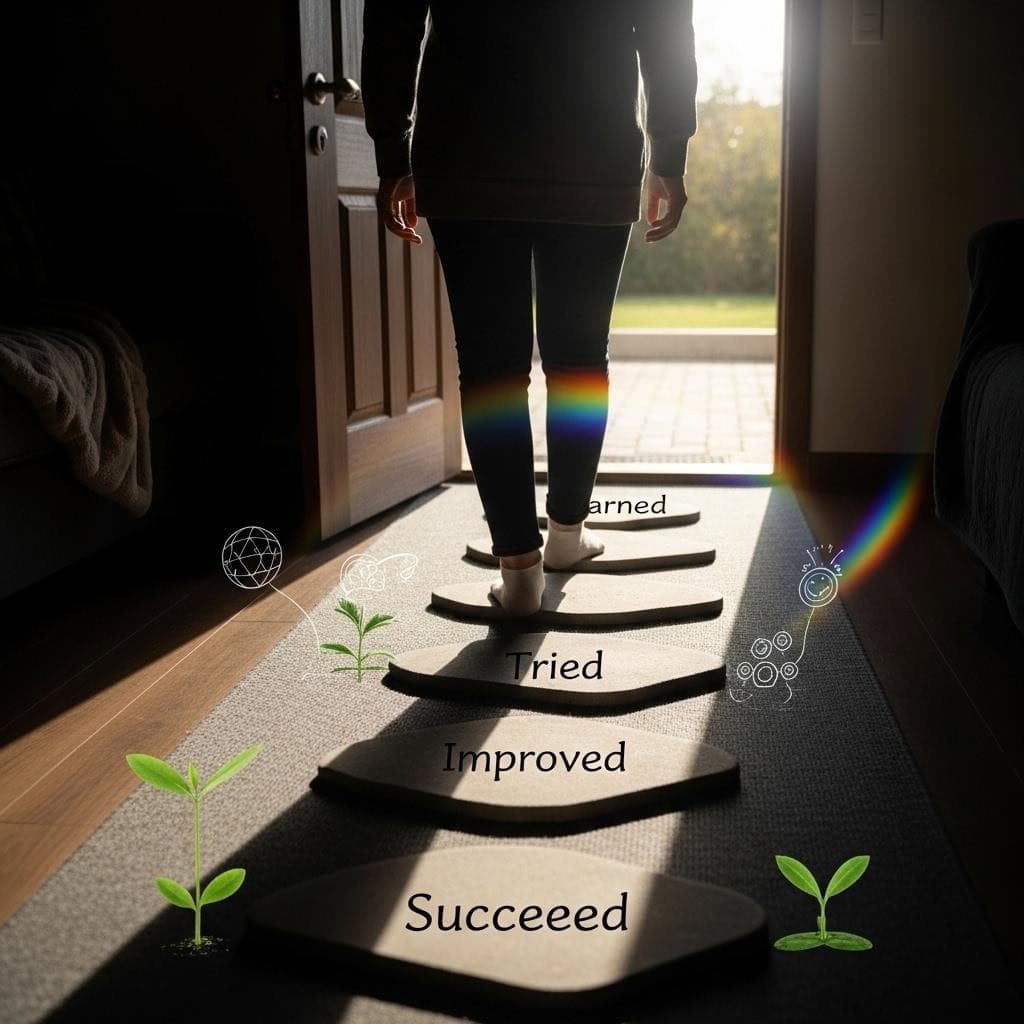What to Do When You Feel Stuck in a Scarcity Mentality
A scarcity mentality is a mindset rooted in the belief that resources, opportunities, and success are limited and must be fiercely guarded. This way of thinking can negatively affect well-being, increase stress, and restrict personal growth and decision-making. Fortunately, it’s possible to move beyond this limiting perspective. In this guide, you’ll discover practical steps to shift toward an abundance mindset, which has been shown to improve happiness, relationships, and resilience.
Recognize Scarcity Thinking Patterns

The first step in overcoming a scarcity mentality is to identify the self-limiting beliefs and negative thought patterns that fuel it. Common signs include focusing on what you lack, fearing there isn’t enough to go around, or constantly comparing yourself to others. Increase your self-awareness by keeping a journal to track these thoughts and notice recurring themes. Journaling can help reveal patterns you may not recognize in daily life. For more on self-awareness and journaling techniques, visit PositivePsychology.com and Healthline.
Challenge Limiting Beliefs

Once you identify scarcity-driven thoughts, actively challenge and reframe them. When you catch yourself thinking, “I’ll never have enough,” pause and ask: Is this thought really true? Consider alternative, abundance-based perspectives, such as, “There are opportunities I haven’t explored yet.” Cognitive exercises like writing down evidence that contradicts your limiting beliefs or practicing positive affirmations can help shift your mindset. For detailed techniques on changing thought patterns, explore resources from MindTools and Psychology Tools.
Practice Gratitude Daily

Cultivating gratitude is a powerful tool for interrupting scarcity thinking and fostering an abundance mindset. Begin by writing down three things you’re grateful for each day, no matter how small. This simple daily habit trains your brain to focus on what you have, rather than what you lack. Try keeping a dedicated gratitude journal and set a reminder to reflect each evening. For added impact, share your gratitude with others. Consistency is key—make it part of your routine. For more guidance, visit Greater Good Magazine and Harvard Health.
Set Realistic, Abundant Goals

Setting goals rooted in abundance helps shift your focus from limits to possibilities. Use the SMART framework—Specific, Measurable, Achievable, Relevant, Time-bound—to create clear and realistic objectives that inspire growth. Break larger goals into smaller, manageable steps to build momentum and confidence along the way. This approach makes progress more tangible and reinforces a sense of accomplishment. Regularly review and adjust your goals as needed to stay aligned with your evolving mindset. For practical advice on SMART goal setting, visit MindTools and MindTools: Goal Setting.
Surround Yourself with Abundant Influences

Your environment plays a crucial role in shaping your mindset. Seek out relationships with people who inspire optimism, generosity, and growth. Engage with books, podcasts, and online communities that promote abundance rather than fear or competition. Limit your exposure to negative news or social media that reinforce scarcity thinking. Curating your influences can significantly impact your perspective and motivation. For ideas on cultivating a positive environment, explore Success Magazine and connect with abundance-focused communities like Abundance Network.
Take Small Risks and Celebrate Progress

Stepping outside your comfort zone is essential for breaking free from scarcity thinking. Start by taking small, manageable risks that challenge your usual patterns, such as trying a new hobby or speaking up in a meeting. Each step forward builds confidence and supports the belief that growth and new opportunities are possible. Remember to acknowledge and celebrate your progress, no matter how minor it seems. Recognizing achievements reinforces a sense of abundance and capability. For more on embracing risk and tracking progress, visit James Clear on Growth Mindset and PositivePsychology.com.
Conclusion

Shifting from a scarcity mentality to an abundance mindset is a journey that requires self-awareness, conscious effort, and consistency. By recognizing limiting beliefs, challenging negative thoughts, practicing gratitude, setting achievable goals, surrounding yourself with positive influences, and celebrating your progress, you create space for greater well-being and opportunity. Remember, changing your mindset is an ongoing process—regular reflection and commitment are vital for lasting change.






